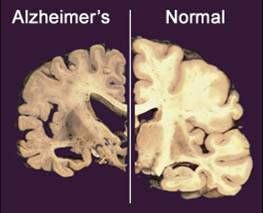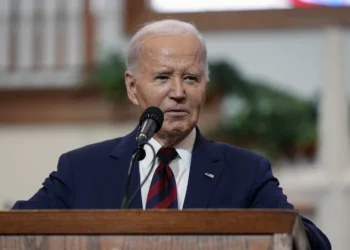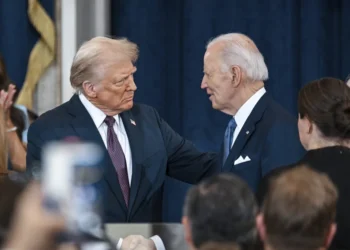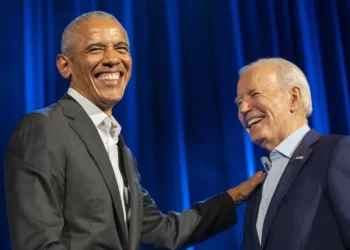I graduated from Oxford University in 2012 with a Bachelor’s and Master’s degree in computer science, and I first came to the United States in 2013. My first job in America was as a software engineer, and I traveled on an H-1B visa: the non-immigrant visa that allows American employers to hire foreign workers in specialty occupations that has recently become the center of widespread debate and controversy.
Established in 1990, the H-1B program was meant to allow U.S. companies to temporarily employ highly skilled and academically accredited foreign workers in specialty occupations — think engineers, software developers, and scientists. In theory, this program fills gaps in America’s workforce, boosts innovation, and helps companies compete in the global market.
Sounds good so far, right?
But the problem isn’t the H-1B program in theory, but the H-1B program in practice, with the visa becoming something else entirely: a government-sanctioned pipeline for outsourcing, wage suppression, and worker exploitation.
Here’s how the H-1B system is supposed to work. Each year, U.S. Citizenship and Immigration Services makes 85,000 H-1B visas available — 65,000 for regular applicants and another 20,000 for those with advanced degrees from U.S. institutions. Employers apply on behalf of the worker, justifying the need for a foreign hire by demonstrating a lack of available American talent for that specific role.
The first problem is that H-1B selections are random, meaning that a visa program meant to supplement the American employment pool with the best of the best can be overwhelmed by companies that have figured out how to game the system by flooding the H-1B lottery and winning the game of quantity over quality. Through this strategy, not only is there no guarantee that those randomly selected are the type of employee this visa was designed to import, but it also allows companies to game the system financially.
This brings us to the second problem with H-1Bs: They’re a delivery system for cheap labor.
Even if we ignore the use of H-1B visas for non-specialized roles that could easily be filled domestically, such as customer service workers or associate accountants, truly specialized employees who are hired through this visa program are routinely paid less than their American counterparts. As the Economic Policy Institute found, nearly all H-1B employers (including Big Tech firms) use and abuse the visa program to pay migrant workers “well below market wages.”
Now, employers are required to pay the “prevailing wage,” but thanks to loopholes and outdated wage calculations, that number is kept far below the actual market rate. As a result, it’s not uncommon to see H-1B software engineers earning tens of thousands less than their American peers.
That’s great for these companies, sure, but it’s bad for the migrant workers who are underpaid and bad for the American workers who can no longer compete.
And finally, there’s the third problem with H-1Bs: These migrant workers are in danger of effectively becoming indentured servants. Since their visas are tied to their employers, it’s difficult to switch jobs or even speak out without risking deportation. These workers are cheap, but this power imbalance keeps them compliant, and therefore easy to exploit — exactly the kind of workforce that some companies want.
All while American workers are paying the price, not just in lost jobs, but in suppressed wages across a variety of industries.
Of course, as an immigrant — and now a permanent green card resident wading my way through the citizenship process — this is far from an argument against legal immigration. It’s simply an argument for legal immigration reform.
BECOMING AN AMERICAN: HOW TO FIX THE LEGAL IMMIGRATION SYSTEM
If the goal is to increase the quality of the American workforce in specialized fields, not only do we need a smarter system — one that truly prioritizes high-skilled talent, enforces fair wages, and cracks down on outsourcing abuse — but we need a system that also focuses on the long-term goal of improving home-grown talent.
In its current form, the H-1B program doesn’t serve American workers, and it doesn’t even serve many of the foreign workers it was meant to help. All it does is serve corporations looking for cheap labor. It’s less about the “best and brightest” and more about keeping things cheap.
Ian Haworth is a syndicated columnist. Follow him on X (@ighaworth) or Substack.

















